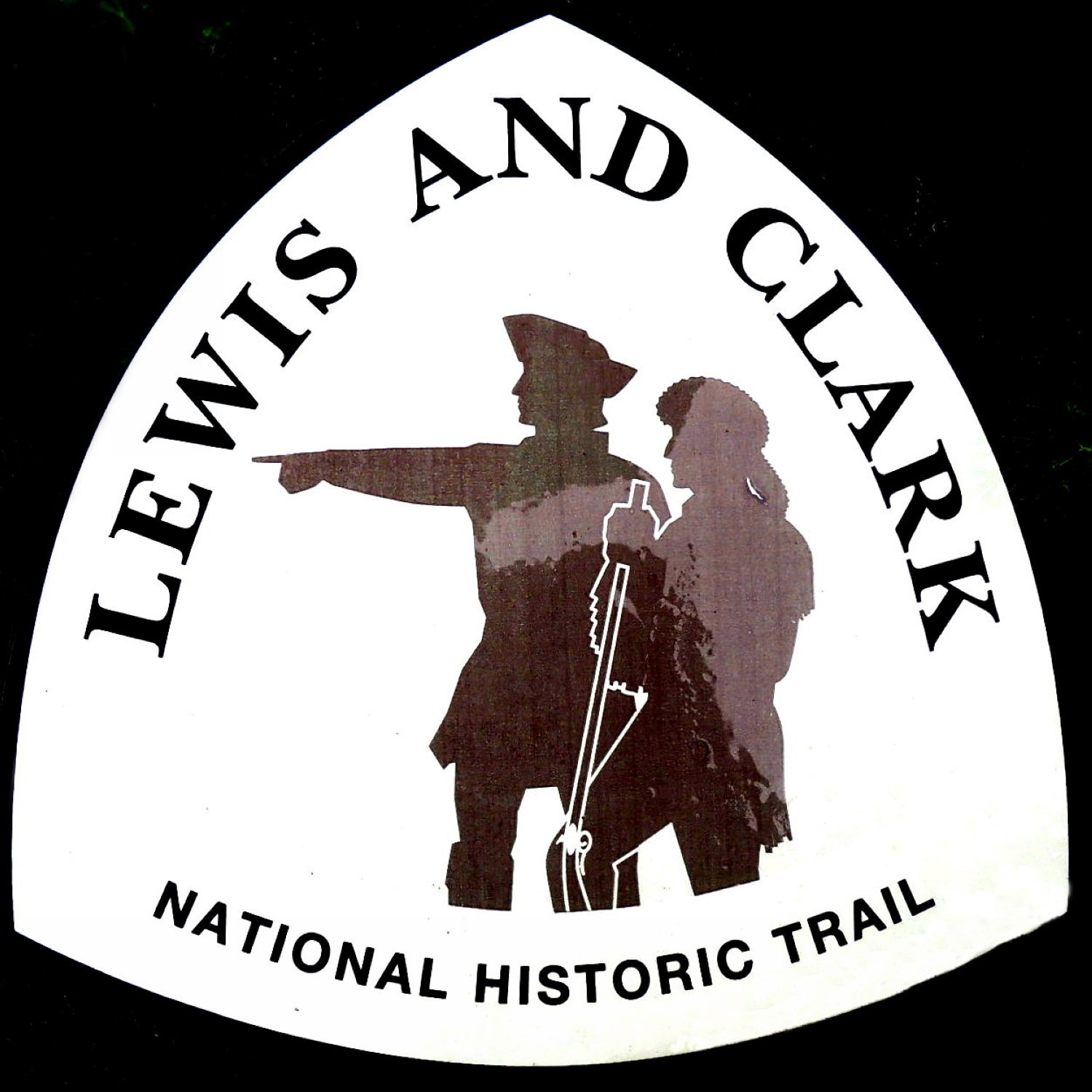Crazy Mountain Museum opened its doors in 1992 and hosts a festival each Memorial Day.
The Crazy Mountain Museum houses a collection of artifacts and exhibits range from archeological and geological finds to the Pioneer Room featuring early settlers and their families. Also featured is a replica of 1907 Big Timber, Jack Hines paintings of Sweet Grass County called Historic Crossroads, a replica Norwegian stabbur, a tipi, a one room schoolhouse, the widely-acclaimed gardens.
There are several signs along the garden paths that tell the history of Lewis and Clark.
 Lewis and Clark
Lewis and Clark
National Historic Trail
Big Timber, Montana

Sign:
President Thomas Jefferson's passion for botany fueled his instructions to Meriwether Lewis to notice "the soil and face of the country, it's growth & vegetable productions, especially those not in the U.S. ...the date at which particular plants put forth or lose their flowers or leaf." During the expedition Meriwether Lewis and William Clark collected 178 plants new to science. Most of these plants are now found at the Academy of Natural Sciences in Philadelphia, Pennsylvania.
"observe the Silkgrass, Sunflower & Wild indigo all in blume."
William Clark July 16, 1806
Indians taught the explorers to forage for plant berries and roots.
Several "new" plants were named for Meriwether Lew & William Clark.
Illustrated plants:
Serviceberry
Amelanchier alnifolia
Also known as Juneberry or Sarvisberry
Silver Buffaloberry
Shepherdia argentea
Ponderosa Pine
Pinus ponderosa
Montana State Tree
Indians burned the center of these tree to make canoes.
Cottonwood
Populus app.
These lofty trees saved the day throughout the expedition by providing shade, shelter, furniture, wagon wheels, dugout canoes, and firewood.
Blue Flax
Linum lewisii
Lewis' Monkeyflower
Mimulus lewisii
Bitterroot
Lewisia redivide
Montana's state flower was named for Meriwether Lewis.
The specimen Lewis collected was taken to Philadelphia by horse, boat, and stagecoach.
Golden Currant
Ribes anreum
"I found great quantities of the Purple, yellow & black currents ripe. they were of an excellent flavor. I think the purple Superior to any I have ever tasted."
William Clark July 18 1806
Chokecherry
prunus Virginian
The expedition used this wood to make ax handles.
Camas Lily
Camassia quomash
Mockorange
Philadelphus lewisii
Elkhorns
Clarkia pulchella
Noted for its (illegible) resemble an elks antlers.